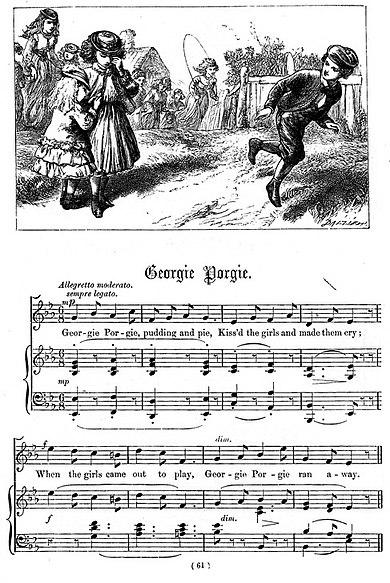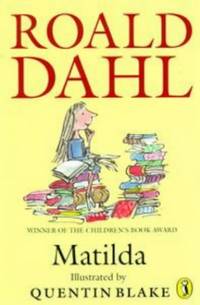This has been a long chapter talking about my many adventures as a kid. I feel obliged to make it longer because I wanted to talk about nursery rhymes — why not, I have already written a book about it. I can quite clearly remember singing and playing “Ring Around the Rosie” and “Oranges and Lemons” in the playground, with the latter as my favorite; well I think it is superciliously, a ‘sweet song’. After all, it is about ‘sweet’ fruit.
Oranges and Lemons and the Game
Two children form an arch. One side of the arch is ‘Oranges’, the other ‘Lemons’. The other children skip around, and then under the arch. At the last line of the song, the two children who’ve formed the arch pretend to ‘chip’ and ‘chop’ the children as they pass through and capture one at ‘head’. The captive then chooses Oranges or Lemons, and stands behind whichever side he has chosen. The game is repeated until everyone has been captured.
Historical origin
One version is about King Henry VIII and the speed with which some of his brides were executed.
Another version refers to the ‘Great Bells of Bow’ used to time the executions at Newgate prison, which for many years were done by means of beheading. The unfortunate victim would await execution on ‘Death Row’. They were typically informed by the warder of their imminent fate the night before the execution to make their peace with God! Often they would say, ‘Here comes the candle to light you to bed.’
The executions commenced when the bells started chiming at nine o’clock in the morning. When the bells stopped chiming, then, the executions would be finished until the following day! (Harkness, 2005)
Ring Around the Rosie
A ring, a ring o’ roses,
A pocket full of posies;
(Children hold hands and dance around in a circle)
Tishoo, tishoo,
All stand still.
(Children hold still)
The King has sent his daughter,
To fetch a pail of water;
(Children hold hands and dance around in a circle)
Tishoo, tishoo,
All fall down.
(Children fall to the floor)
The bird upon the steeple,
Sits high above the people;
(Children hold hands and dance around in a circle)
Tishoo, tishoo,
All kneel down.
(Children kneel)
The wedding bells are ringing,
The boys and girls are singing;
(Children hold hands and dance around in a circle)
Tishoo, tishoo,
All fall down.
(Children fall to the floor)
Historical origin and game
Whenever children join hands in a circle, they sing this song of posies. The origin of this rose-coloured ditty is something far more sinister — the Great Plague that swept through Europe in the 1600s. A rosy rash is the first symptom of the plague. The posies are herbs and spices carried to sweeten the air.
The ‘a-tishoo’ sneezing is another fatal symptom. Later versions replace the sneezing with ‘ashes’ from the cleansing bonfires. When children fall down on the last line of this rhyme, they are unknowingly acting out their ancestors’ disease and death (Harkness, 2005).
Harkness, Ian. (2005). Mother Goose Nursery Songs in English and Norwegian, Notodden, Telemark University College, Norway.



